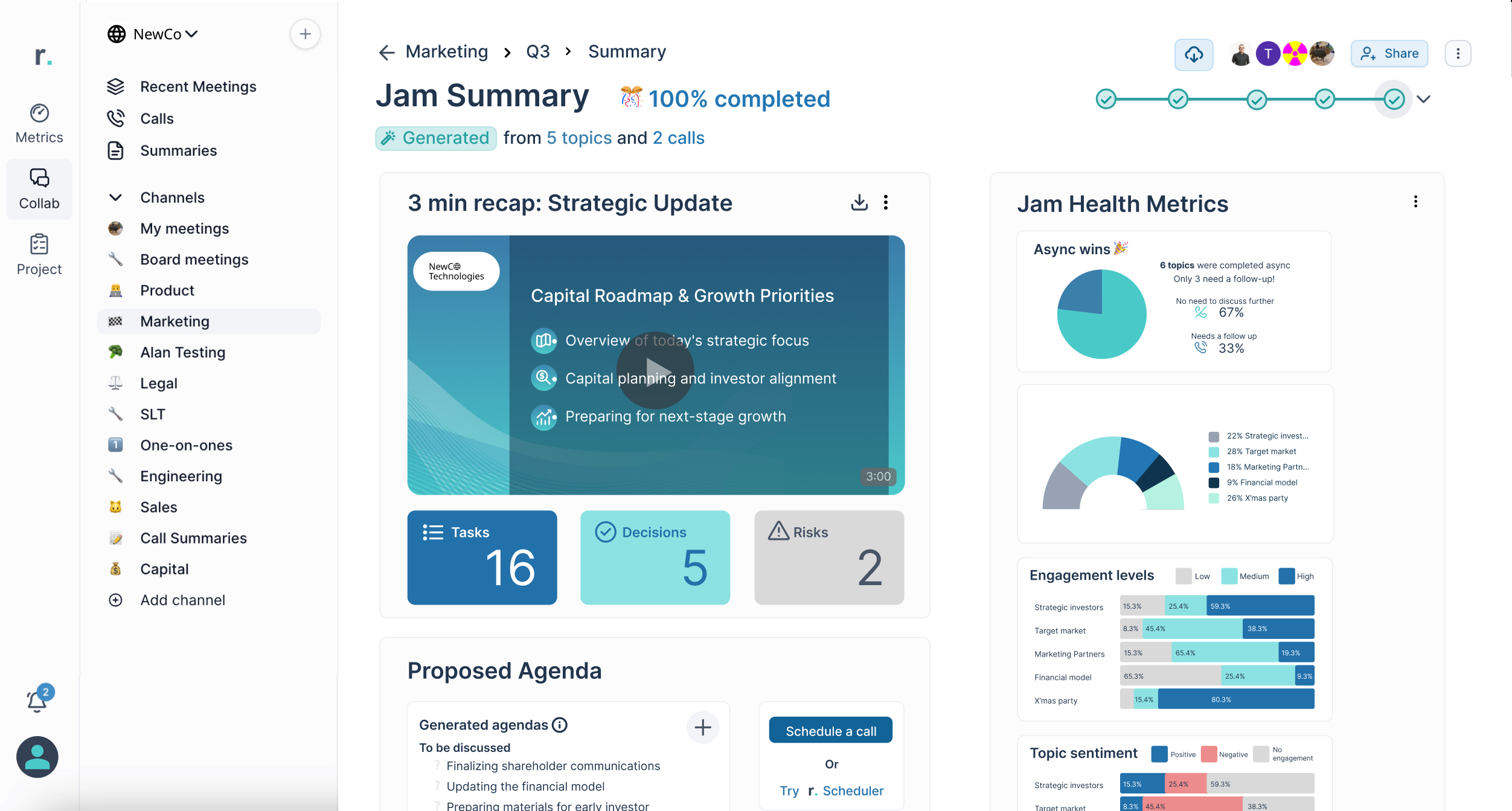
Finding Focus in the Age of Infinite Interruption
How the modern workplace became a productivity nightmare, and what we can do about it
We’ve never been more connected, yet we’ve never felt more overwhelmed. Microsoft’s latest research into the modern workplace reads like a horror story: workers interrupted every two minutes, meetings scheduled at 8 PM, and employees back in their inboxes by 10 PM. Welcome to what they call the “infinite workday”, a relentless cycle where work has no clear beginning or end.
The numbers are staggering. The average worker faces 275 interruptions daily, receives 117 emails, and sends or receives 58 instant messages outside core hours. Meeting bookings after 8 PM have surged 16% in just one year. By evening, one-third of employees have circled back to their email, desperately trying to catch up on a day that never really ended.
Microsoft describes it perfectly: “It’s the professional equivalent of needing to assemble a bike before every ride. Too much energy is spent organizing chaos before meaningful work can begin.”
The Paradox of Connection
Here’s the cruel irony: we’ve built systems designed to make us more efficient, but they’ve made us more fragmented than ever. We have instant access to anyone, anywhere, at any time, and that accessibility has become our prison.
Think about your last productive day. Chances are, it wasn’t filled with back-to-back meetings or constant notifications. It was probably a day when you had uninterrupted time to think, to create, to solve problems that actually mattered. Those days are becoming extinct.
The research reveals that meetings now monopolize our peak cognitive hours, between 9-11 AM and 1-3 PM, precisely when our circadian rhythms prime us for deep work. Instead of leveraging our natural productivity spikes, we’re spending them “cycling through a carousel of calls.”
When Everything Becomes Urgent, Nothing Is
One-third of workers now report it’s been “impossible to keep up” with the pace of work over the past five years. This isn’t a skills problem or a motivation issue, it’s a systemic breakdown in how we structure work itself.
The constant stream of interruptions creates an illusion of productivity while destroying actual progress. When every email notification feels urgent and every meeting appears critical, we lose the ability to distinguish between what truly matters and what’s just noise.
This is where the data from our work at Rppl becomes particularly revealing. When teams adopt an async-first approach, something remarkable happens:
- 100% of single-topic discussions resolve without meetings
- 65% of multi-topic agenda items get handled asynchronously
- Overall meeting time reduces by 40-60%
The pattern is clear: most of what we think requires immediate, synchronous attention actually doesn’t. We’re scheduling expensive group conversations for decisions that could be made thoughtfully and asynchronously.
The Hidden Cost of Meeting Culture
Let’s do the math. If you’re in a typical knowledge worker role, you’re probably spending 15-20 hours per week in meetings. If our data holds true, 70% of those meeting topics could be resolved without ever hitting “join call.” That’s 10-14 hours of reclaimed time every single week.
But the cost isn’t just time, it’s the opportunity cost of what doesn’t happen during those hours. The strategic thinking that gets pushed to evenings. The creative problem-solving that never occurs because there’s no space for it. The deep work that might actually move your business forward.
Microsoft suggests AI can help by automating “low-value” administrative tasks. They’re not wrong, but they’re thinking too small. The bigger opportunity isn’t using AI to do more of the same work faster, it’s using intelligent systems to fundamentally restructure how work happens.
Reclaiming the Space to Think
Here’s what we’ve learned from organizations that have successfully escaped the infinite workday:
-
Default to Async - Instead of defaulting to meetings, they default to asynchronous communication. Every meeting request has to pass a simple test: “Why can’t this be handled async-first?”
-
Protect Peak Hours - They treat 9-11 AM and 1-3 PM as sacred time for deep work, not status updates and coordination calls.
-
Capture Everything - They’ve solved the “what was decided in that meeting?” problem by ensuring every decision, context, and follow-up is automatically captured and searchable.
-
Batch Interruptions - Instead of allowing constant interruptions, they batch communication into specific windows, preserving longer blocks for focused work.
The Path Forward
The infinite workday isn’t inevitable, it’s a choice. Organizations that recognize this are already seeing remarkable results. When you give people back 40% of their meeting time, they don’t just work more efficiently, they start working on what actually matters.
The future belongs to companies that understand a fundamental truth: in an age of infinite connection, the scarcest resource isn’t information or communication, it’s focused, uninterrupted time to think.
Microsoft’s research shows us the problem in stark detail. Now it’s time to build the solution. Because the alternative, a world where work never ends and meaningful progress never begins, is simply unsustainable.
The infinite workday ends when we stop accepting broken collaboration as normal.
What’s your organization doing to protect space for deep work? Share your strategies in the comments below.
This post is based on Microsoft’s recent Work Trend Index research into the “infinite workday.” Data on async-first collaboration comes from ongoing research with Rppl users across various organization types.


